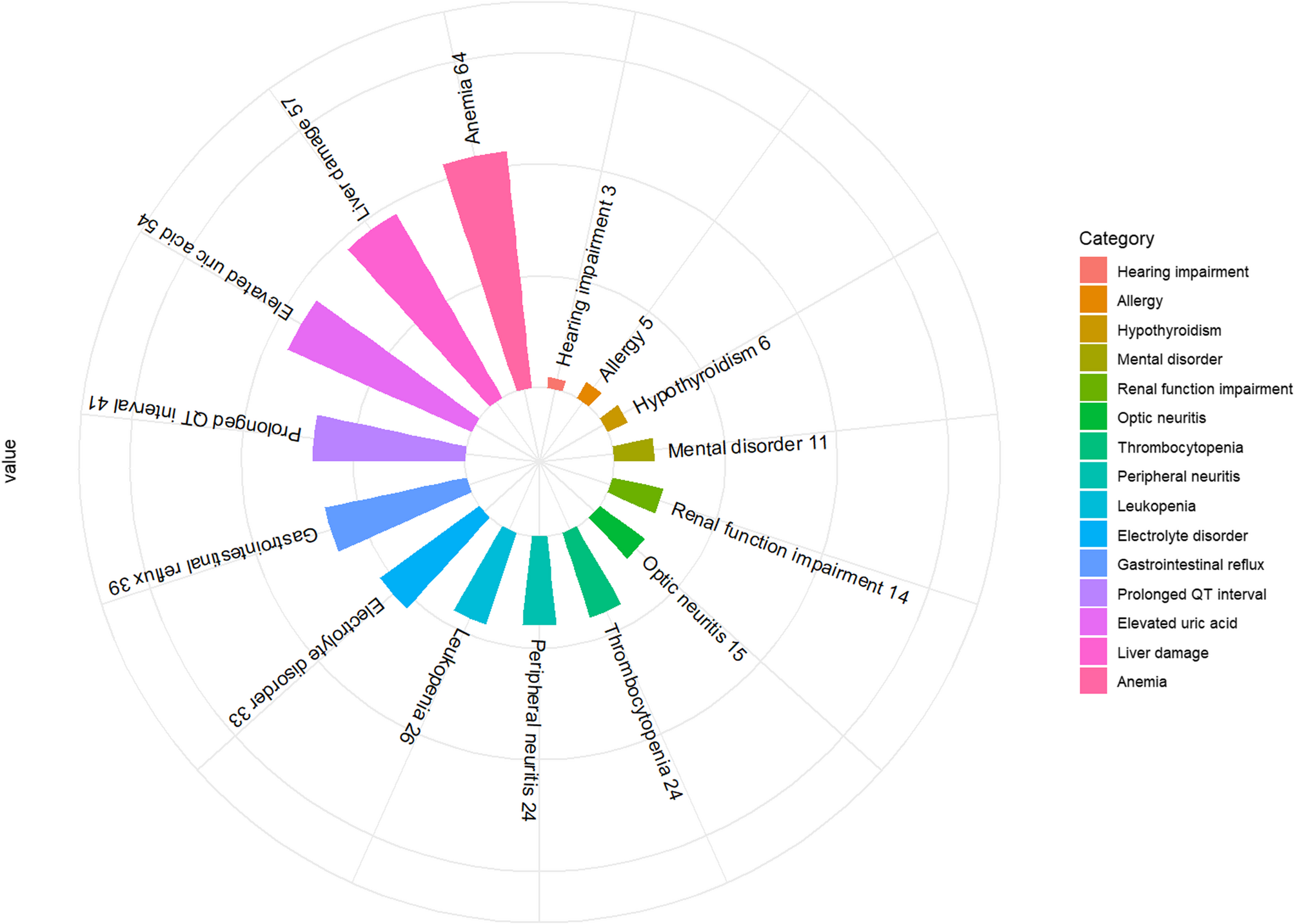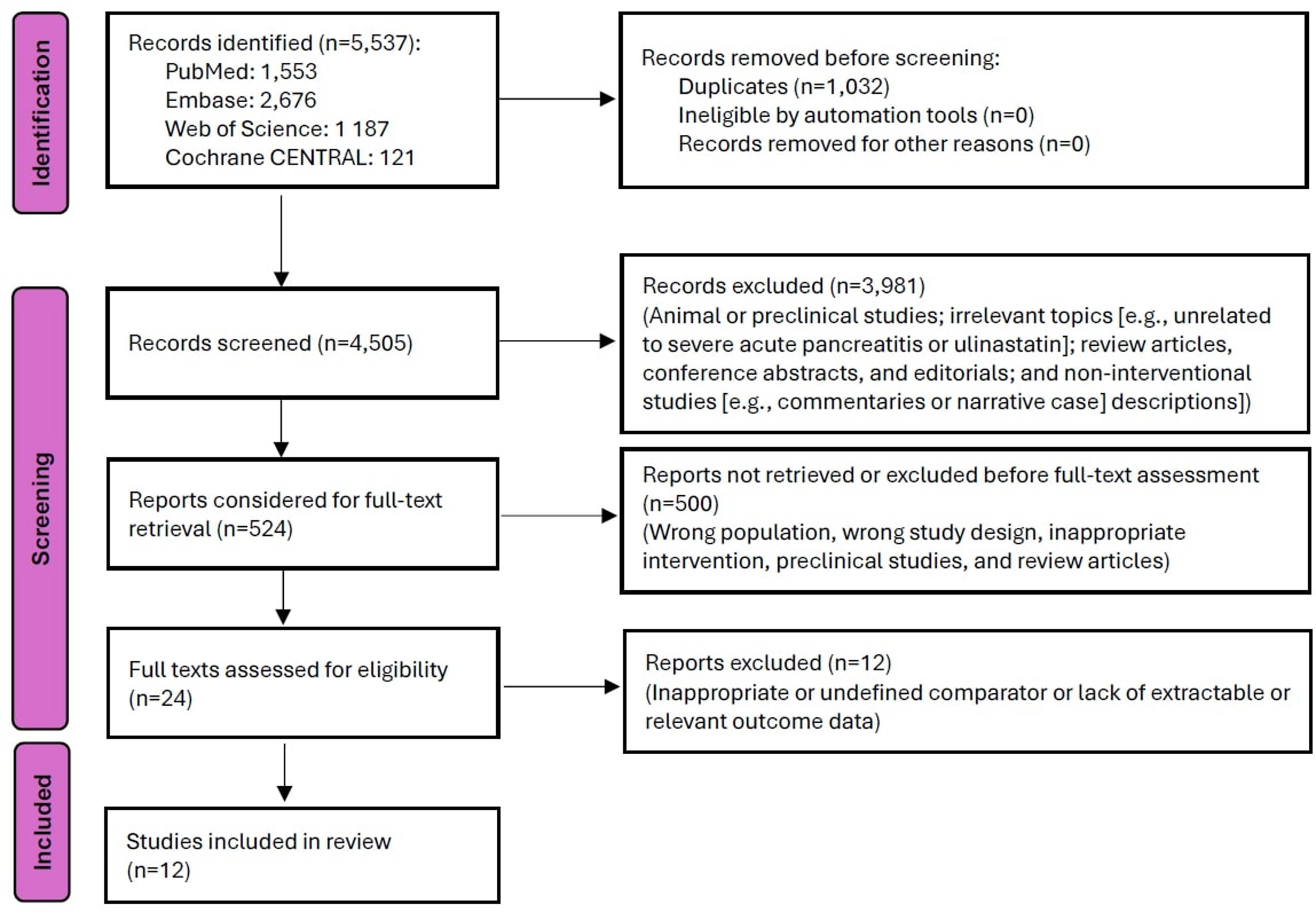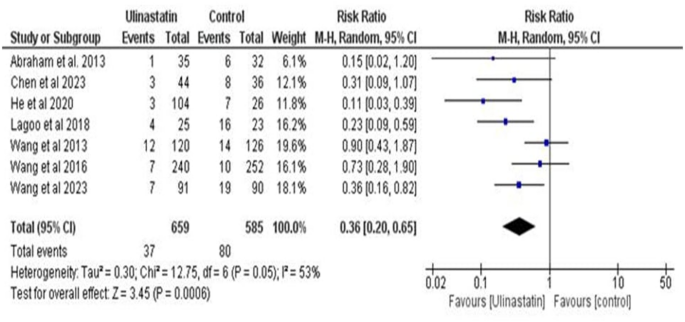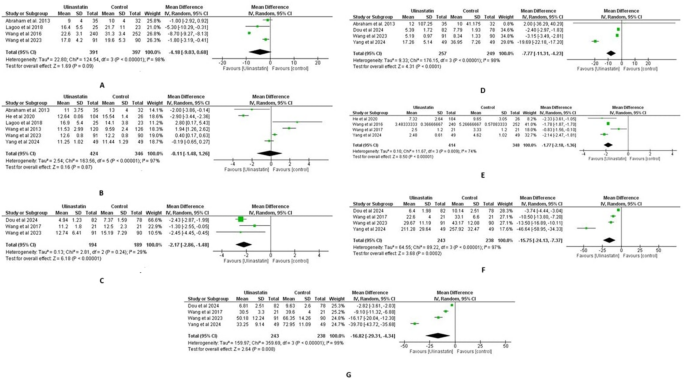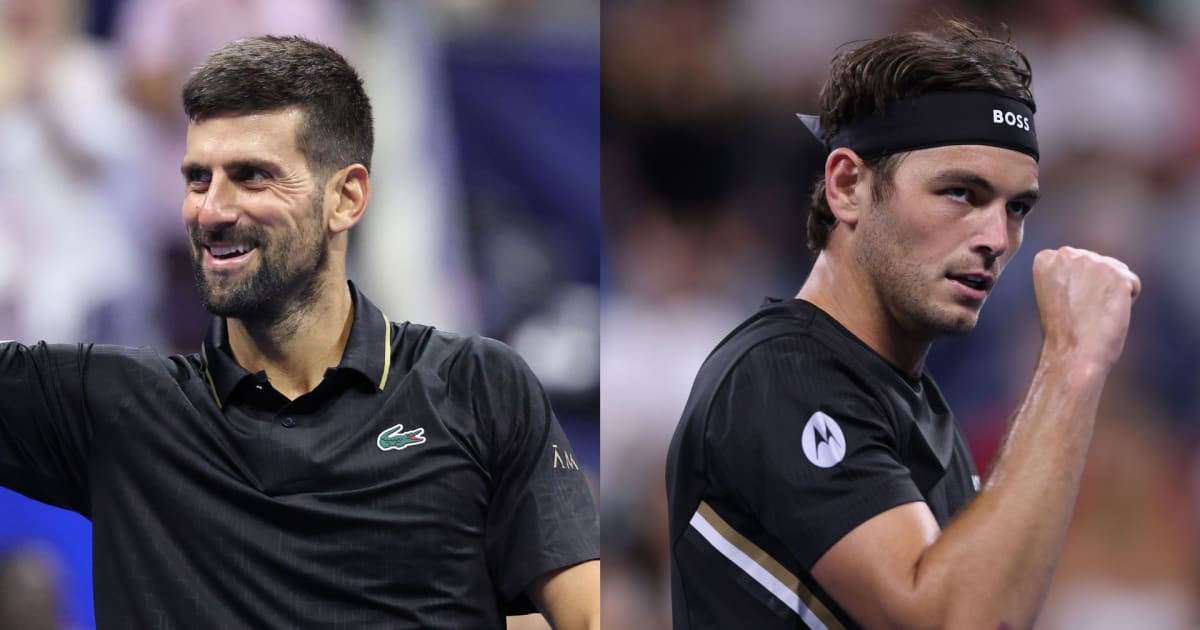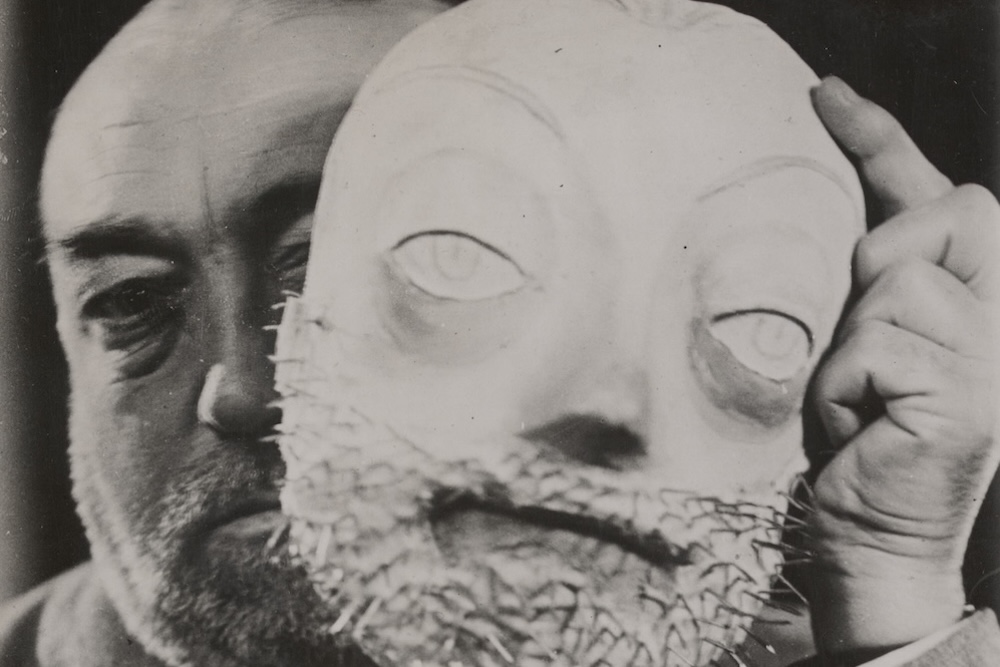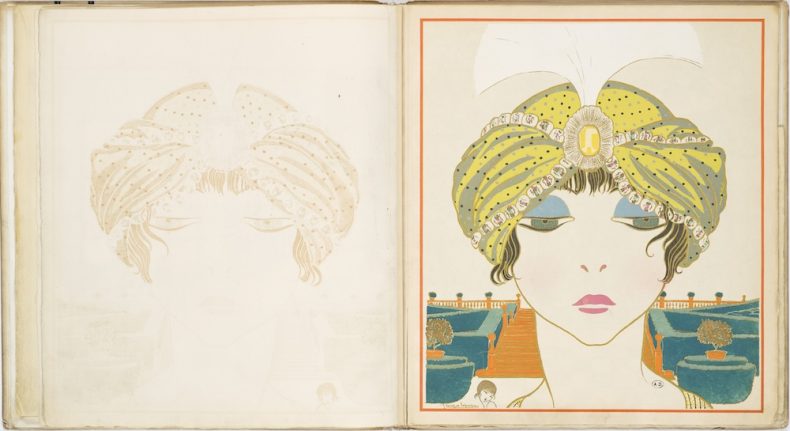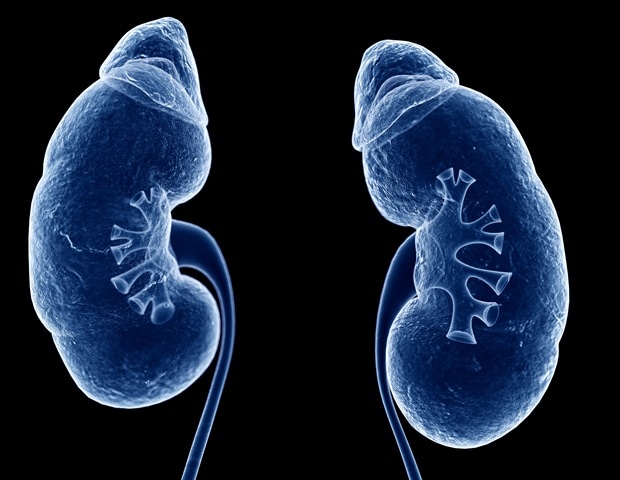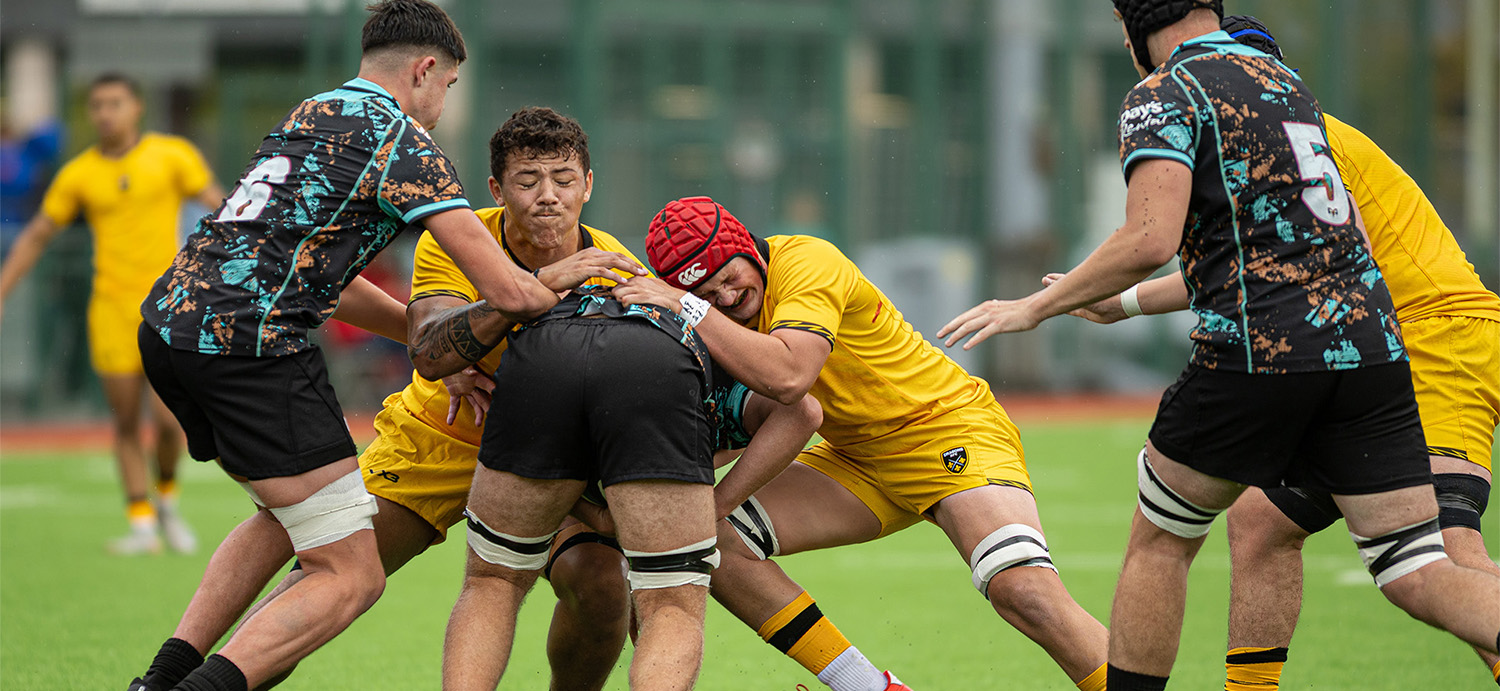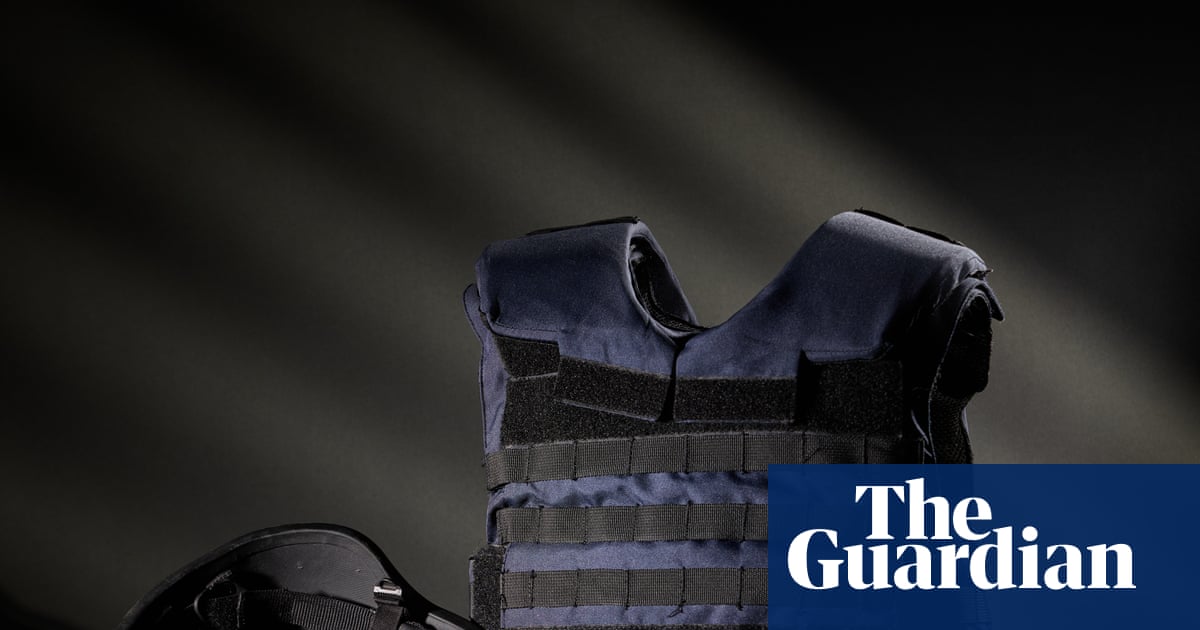World Health Organization. Global Tuberculosis Report 2024. 2024. https://www.who.int/teams/global-tuberculosis-programme/tb-reports/global-tuberculosis-report-2024
Bureau SS. Statistical bulletin of the National economic and social development of the people’s Republic of China in 2023. Chin Stat. 2024;03:4–21.
Donald PR, Marais BJ, Barry CE. 3rd. Age and the epidemiology and pathogenesis of tuberculosis. Lancet (London England). 2010;375(9729):1852–4.
Google Scholar
Pratt RH, Winston CA, Kammerer JS, Armstrong LR. Tuberculosis in older adults in the united states, 1993–2008. J Am Geriatr Soc. 2011;59(5):851–7.
Google Scholar
Rajagopalan S. Tuberculosis in older adults. Clin Geriatr Med. 2016;32(3):479–91.
Google Scholar
Wang L, Zhang H, Ruan Y, et al. Tuberculosis prevalence in china, 1990–2010; a longitudinal analysis of National survey data. Lancet (London England). 2014;383(9934):2057–64.
Google Scholar
Mori T, Leung CC. Tuberculosis in the global aging population. Infect Dis Clin N Am. 2010;24(3):751–68.
Negin J, Abimbola S, Marais BJ. Tuberculosis among older adults–time to take notice. Int J Infect Diseases: IJID : Official Publication Int Soc Infect Dis. 2015;32:135–7.
Lv H, Zhang X, Zhang X, et al. Global prevalence and burden of multidrug-resistant tuberculosis from 1990 to 2019. BMC Infect Dis. 2024;24(1):243.
Google Scholar
Chaves-Torres NM, Fadul S, Patiño J, Netto E. Factors associated with unfavorable treatment outcomes in patients with rifampicin-resistant tuberculosis in Colombia 2013–2015: A retrospective cohort study. PLoS ONE. 2021;16(4):e0249565.
Google Scholar
Makhmudova M, Maxsumova Z, Rajabzoda A, Makhmadov A, van den Hof S, Mirtskhulava V. Risk factors for unfavourable treatment outcomes among rifampicin-resistant tuberculosis patients in Tajikistan. Int J Tuberculosis Lung Disease: Official J Int Union against Tuberculosis Lung Disease. 2019;23(3):331–6.
Alemu A, Bitew ZW, Worku T. Poor treatment outcome and its predictors among drug-resistant tuberculosis patients in ethiopia: A systematic review and meta-analysis. Int J Infect Diseases: IJID : Official Publication Int Soc Infect Dis. 2020;98:420–39.
Li H, Mei J, Su W. Analysis of the treatment outcomes and influencing factors of rifampicin-resistant pulmonary tuberculosis patients aged 65 and above in China from 2015 to 2021. Chin J Tuberculosis. 2025;47(04):408–15.
Ye Z, Ren F, Wang H. Treatment outcomes and influencing factors in elderly patients with multidrug/rifampicin-resistant pulmonary tuberculosis: a National multicenter, retrospective cohort study. Chin J Tuberculosis. 2024;46(09):1023–9.
Cantalice Filho JP, Bóia MN, Sant Anna CC. [Analysis of the treatment of pulmonary tuberculosis in elderly patients at a university hospital in Rio de janeiro, brazil]. Jornal Brasileiro De Pneumologia: Publicacao Oficial Da Sociedade Brasileira De Pneumologia E Tisilogia. 2007;33(6):691–8.
Google Scholar
Bele S, Jiang W, Lu H, et al. Population aging and migrant workers: bottlenecks in tuberculosis control in rural China. PLoS ONE. 2014;9(2):e88290.
Google Scholar
Organization WH. World Health Organization. Global Tuberculosis Report. 2018. https://www.who.int/publications/i/item/9789241565646
Topalian SL, Hodi FS, Brahmer JR, et al. Safety, activity, and immune correlates of anti-PD-1 antibody in cancer. N Engl J Med. 2012;366(26):2443–54.
Google Scholar
Workneh MH, Bjune GA, Yimer SA. Prevalence and associated factors of tuberculosis and diabetes mellitus comorbidity: A systematic review. PLoS ONE. 2017;12(4):e0175925.
Google Scholar
Liu Q, Li W, Xue M, et al. Diabetes mellitus and the risk of multidrug resistant tuberculosis: a meta-analysis. Sci Rep. 2017;7(1):1090.
Google Scholar
Zou L, Kang W, Guo C, et al. Treatment outcomes and associated influencing factors among patients with Rifampicin-Resistant tuberculosis: A multicenter, retrospective, cohort study in China. Infect Drug Resist. 2024;17:3737–49.
Google Scholar
Lecai J, Mijiti P, Chuangyue H, Qian G, Weiguo T, Jihong C. Treatment outcomes of multidrug-resistant tuberculosis patients receiving ambulatory treatment in shenzhen, china: a retrospective cohort study. Front Public Health. 2023;11:1134938.
Google Scholar
Ma JB, Zeng LC, Ren F, et al. Treatment outcomes and risk factors of Multidrug-Resistant tuberculosis patients in xi’an china, a retrospective cohort study. Infect Drug Resist. 2022;15:4947–57.
Google Scholar
Conradie F, Diacon AH, Ngubane N, et al. Treatment of highly Drug-Resistant pulmonary tuberculosis. N Engl J Med. 2020;382(10):893–902.
Google Scholar
Guglielmetti L, Khan U, Velásquez GE, et al. Oral regimens for Rifampin-Resistant, Fluoroquinolone-Susceptible tuberculosis. N Engl J Med. 2025;392(5):468–82.
Google Scholar
Tola H, Holakouie-Naieni K, Mansournia MA, et al. National treatment outcome and predictors of death and treatment failure in multidrug-resistant tuberculosis in ethiopia: a 10-year retrospective cohort study. BMJ Open. 2021;11(8):e040862.
Google Scholar
Kuaban A, Balkissou AD, Ekongolo MCE, Nsounfon AW, Pefura-Yone EW, Kuaban C. Incidence and factors associated with unfavourable treatment outcome among patients with rifampicin-resistant pulmonary tuberculosis in yaoundé, Cameroon. Pan Afr Med J. 2021;38:229.
Google Scholar
Caraux-Paz P, Diamantis S, de Wazières B, Gallien S. Tuberculosis in the elderly. J Clin Med. 2021;10(24). https://doi.org/10.3390/jcm10245888
Udwadia Z, Vendoti D. Totally drug-resistant tuberculosis (TDR-TB) in india: every dark cloud has a silver lining. J Epidemiol Commun Health. 2013;67(6):471–2.
Yin J, Wang X, Zhou L, Wei X. The relationship between social support, treatment interruption and treatment outcome in patients with multidrug-resistant tuberculosis in china: a mixed-methods study. Trop Med Int Health: TM IH. 2018;23(6):668–77.
Google Scholar
Wagnew F, Alene KA, Kelly M, Gray D. The effect of undernutrition on sputum culture conversion and treatment outcomes among people with multidrug-resistant tuberculosis: a systematic review and meta-analysis. Int J Infect Diseases: IJID : Official Publication Int Soc Infect Dis. 2023;127:93–105.
Chakhaia T, Blumberg HM, Kempker RR et al. Lack of weight gain and increased mortality during and after treatment among adults with drug-resistant tuberculosis in Georgia, 2009–2020. medRxiv: the preprint server for health sciences. 2024.
Badawi A, Gregg B, Vasileva D. Systematic analysis for the relationship between obesity and tuberculosis. Public Health. 2020;186:246–56.
Google Scholar
Hu S, Guo J, Chen Z, Gong F, Yu Q. Nutritional indices predict all cause mortality in patients with Multi-/Rifampicin-Drug resistant tuberculosis. Infect Drug Resist. 2024;17:3253–63.
Google Scholar
Johnston JC, Shahidi NC, Sadatsafavi M, Fitzgerald JM. Treatment outcomes of multidrug-resistant tuberculosis: a systematic review and meta-analysis. PLoS ONE. 2009;4(9):e6914.
Google Scholar
Chiang CY, Enarson DA, Yu MC, et al. Outcome of pulmonary multidrug-resistant tuberculosis: a 6-yr follow-up study. Eur Respir J. 2006;28(5):980–5.
Google Scholar
Keshavjee S, Gelmanova IY, Farmer PE, et al. Treatment of extensively drug-resistant tuberculosis in tomsk, russia: a retrospective cohort study. Lancet (London England). 2008;372(9647):1403–9.
Google Scholar
Chan ED, Strand MJ, Iseman MD. Treatment outcomes in extensively resistant tuberculosis. N Engl J Med. 2008;359(6):657–9.
Google Scholar
Stephanie F, Saragih M, Tambunan USF. Recent progress and challenges for Drug-Resistant tuberculosis treatment. Pharmaceutics. 2021;13(5).
Wallis RS, O’Garra A, Sher A, Wack A. Host-directed immunotherapy of viral and bacterial infections: past, present and future. Nat Rev Immunol. 2023;23(2):121–33.
Google Scholar
Mi J, Liang Y, Liang J, et al. The research progress in immunotherapy of tuberculosis. Front Cell Infect Microbiol. 2021;11:763591.
Google Scholar
Barzegari S, Afshari M, Movahednia M, Moosazadeh M. Prevalence of anemia among patients with tuberculosis: A systematic review and meta-analysis. Indian J Tuberc. 2019;66(2):299–307.
Google Scholar
Singla R, Raghu B, Gupta A, et al. Risk factors for early mortality in patients with pulmonary tuberculosis admitted to the emergency room. Pulmonology. 2021;27(1):35–42.
Google Scholar
Ashenafi S, Bekele A, Aseffa G, et al. Anemia is a strong predictor of wasting, disease severity, and progression, in clinical tuberculosis (TB). Nutrients. 2022;14:16.
de Mendonça EB, Schmaltz CA, Sant’Anna FM, et al. Anemia in tuberculosis cases: A biomarker of severity? PLoS ONE. 2021;16(2):e0245458.
Google Scholar
Nagu TJ, Spiegelman D, Hertzmark E, et al. Anemia at the initiation of tuberculosis therapy is associated with delayed sputum conversion among pulmonary tuberculosis patients in Dar-es-Salaam, Tanzania. PLoS ONE. 2014;9(3):e91229.
Google Scholar
Isanaka S, Mugusi F, Urassa W, et al. Iron deficiency and anemia predict mortality in patients with tuberculosis. J Nutr. 2012;142(2):350–7.
Google Scholar
Morris CD, Bird AR, Nell H. The haematological and biochemical changes in severe pulmonary tuberculosis. Q J Med. 1989;73(272):1151–9.
Google Scholar
Shin DM, Jo EK. Antimicrobial peptides in innate immunity against mycobacteria. Immune Netw. 2011;11(5):245–52.
Google Scholar
Hella J, Cercamondi CI, Mhimbira F, et al. Anemia in tuberculosis cases and household controls from tanzania: contribution of disease, coinfections, and the role of Hepcidin. PLoS ONE. 2018;13(4):e0195985.
Google Scholar
Kerkhoff AD, Meintjes G, Burton R, Vogt M, Wood R, Lawn SD. Relationship between blood concentrations of Hepcidin and anemia severity, mycobacterial burden, and mortality among patients with HIV-Associated tuberculosis. J Infect Dis. 2016;213(1):61–70.
Google Scholar
Gil-Santana L, Cruz LAB, Arriaga MB, et al. Tuberculosis-associated anemia is linked to a distinct inflammatory profile that persists after initiation of antitubercular therapy. Sci Rep. 2019;9(1):1381.
Google Scholar
Gu P, Lu P, Ding H, et al. Effectiveness, cost, and safety of four regimens recommended by WHO for RR/MDR-TB treatment: a cohort study in Eastern China. Ann Med. 2024;56(1):2344821.
Google Scholar
Lan Z, Ahmad N, Baghaei P, et al. Drug-associated adverse events in the treatment of multidrug-resistant tuberculosis: an individual patient data meta-analysis. Lancet Respiratory Med. 2020;8(4):383–94.
Zou F, Cui Z, Lou S, et al. Adverse drug events associated with linezolid administration: a real-world pharmacovigilance study from 2004 to 2023 using the FAERS database. Front Pharmacol. 2024;15:1338902.
Google Scholar
Guglielmetti L, Jaspard M, Le Dû D et al. Long-term outcome and safety of prolonged bedaquiline treatment for multidrug-resistant tuberculosis. Eur Respir J. 2017;49(3).
Brust JCM, Gandhi NR, Wasserman S, et al. Effectiveness and cardiac safety of Bedaquiline-Based therapy for Drug-Resistant tuberculosis: A prospective cohort study. Clin Infect Diseases: Official Publication Infect Dis Soc Am. 2021;73(11):2083–92.
Jin Y, Benkeser D, Kipiani M, et al. The effect of anti-tuberculosis drug pharmacokinetics on QTc prolongation. Int J Antimicrob Agents. 2023;62(4):106939.
Google Scholar
Kuhlin J, Davies Forsman L, Osman A, et al. Increased risk of adverse drug reactions by higher linezolid dose per weight in multidrug-resistant tuberculosis. Int J Antimicrob Agents. 2024;64(4):107302.
Google Scholar
Frippiat F, Bergiers C, Michel C, Dujardin JP, Derue G. Severe bilateral optic neuritis associated with prolonged linezolid therapy. J Antimicrob Chemother. 2004;53(6):1114–5.
Google Scholar
Korotych O, Achar J, Gurbanova E, et al. Effectiveness and safety of modified fully oral 9-month treatment regimens for rifampicin-resistant tuberculosis: a prospective cohort study. Lancet Infect Dis. 2024;24(10):1151–61.
Google Scholar
Sotgiu G, Centis R, D’Ambrosio L, et al. Efficacy, safety and tolerability of linezolid containing regimens in treating MDR-TB and XDR-TB: systematic review and meta-analysis. Eur Respir J. 2012;40(6):1430–42.
Google Scholar
